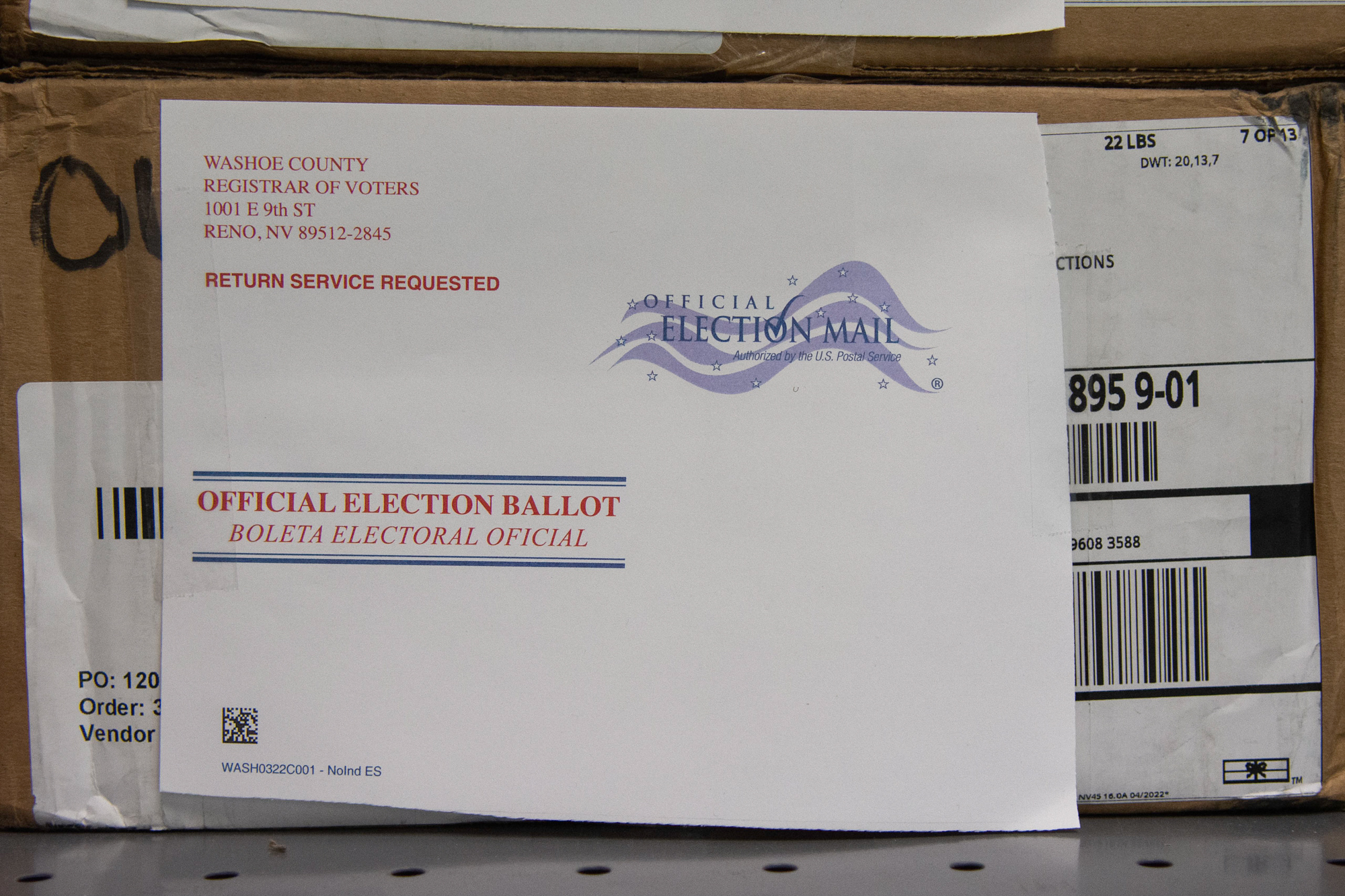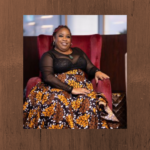Want to increase voter turnout? Vote yes on Question 3.

Next November, Question 3 will ask Nevadans a vital question: Do we want more registered voters to vote or not? A recent op-ed in this publication missed the mark. One thing we agree on is that Question 3 will impact voter turnout. However, the author's assertion that Question 3 will somehow decrease turnout is simply not true.
Question 3 will, without doubt, lead to increased turnout. Forty percent of all Nevada voters — about 900,000 people — are currently excluded from voting in closed primary elections (only registered Democrats or Republicans are eligible to vote). If a registered voter wants to cast a ballot, they should be able to do that without issue. That is what Question 3 ensures. You don’t need to conduct a study to understand that allowing 900,000 additional registered voters to participate in our elections will increase voter turnout.
Yet, the author implausibly suggests that Question 3 will result in lower turnout by citing a 7-year-old study focused on one jurisdiction, completely ignoring the fact that similar electoral reforms are now used in 50 jurisdictions spanning a mix of 23 blue and red states.
So how does the author justify cherry-picking this study to try and make the point that Question 3 will lower turnout? From a single jurisdiction that utilized an electoral system not even being proposed by Question 3? By focusing on a single common aspect between the two systems: ranked-choice voting. This is not an apples to apples comparison to Question 3. It is apples to basketballs.
When it comes to turnout, we know that voters are more likely to show up if they like a candidate on the ballot. Ironically the author was quoted recently on National Public Radio saying “I hope I have another choice” in the upcoming presidential election. Question 3 is specifically designed to give voters more choices.
When you look at the total picture, we know that ranked-choice voting has plenty of benefits supported by research and actual election data — voters like it, campaigns are more civil and issue based, voters have more choices, and the “spoiler effect” is eliminated. Under Question 3, the need to pick the “lesser of two evils” in the general election is something that Nevada voters will never have to contend with again. Ranked-choice voting gives voters more choices. That’s at least partially why the first New York City primary to use it saw the highest turnout in three decades. And also why in the Minneapolis/Saint Paul area, turnout increased by 10 percent after ranked choice voting was implemented.
In fact, Casey Carl, the Minneapolis city clerk, said “Every single year, the baseline results show an increasing number of residents who find RCV not only easy to do but who like it and want it to continue. So, for example, in the post-election survey of 2017, 97 percent of participants indicated that they thought RCV was simple, was easy.”
Democracy works better when more registered voters show up. Question 3 will give the right to vote to almost a million independent Nevada registered voters in the primary election, and provide more choices in the general election. The idea that somehow making the ballot more accessible will decrease turnout is simply wrong.
A’Esha Goins is the founder of Black Joy Consulting and currently serves as the outreach director for the Yes on 3 campaign and vice president of the NAACP Las Vegas Branch.
